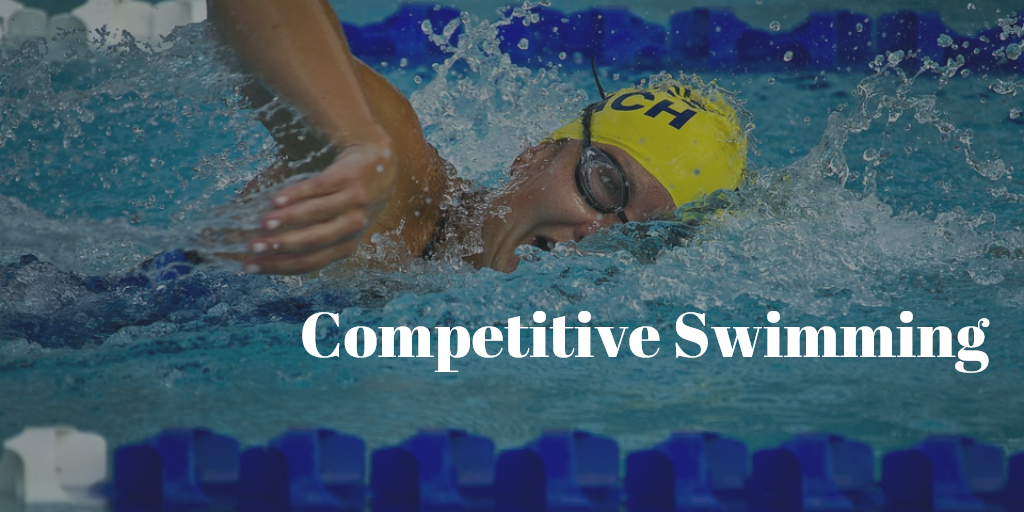Athletics with Kierra Smith Competitive Swimming
Competitive Swimmer Kierra Smith
Swimming has always been a great sport for health and leisure in many parts of the world. Competitive swimmers like Kierra Smith focus heavily on improving swimming techniques. Make it perfect to make it more efficient, faster and less energy consuming but what is the swimming style? The swimming pattern consists of a repetition of a particular object movement or a swimming stroke.
Most strokes involve coordinated and synchronized movements of the main body parts including the trunk, arms, legs, hands, feet, and head. There are many types of competitive swimming, swimmers put their training and experience in organized competitions. Competitive swimming consists of four strokes swimming style.
Butterfly: One of the most recent strokes is the hardest stroke to master. You can stroke by swinging both arms in the air and then drag down through the water. The recovery of weapons also takes place at the sites simultaneously at the same time over water. To make this happen the trunk is driven to swim from the water each time arms move to the swimmer’s front.
Backstroke: means swimming on their backs at all times. Usually, in contests, their lanes are indicated by flags that warn them about the approaching end. They start swimming by taking support for a fence on the rail and then releasing it by pressing the wall. This has the advantage of ease of breathing, but swimmers are unable to see where they are going. This style is like a front-down crawl.
Breaststroke: Keep your arms and legs under water, move both arms in a circular direction and push down through the water. In strokes, the weapons are always above water. The legs are always under water. Kick with legs is sometimes referred to as kick frogs due to the similarity of frog movement in the water. The body does not equal the surface of the water resulting in a lot of drag which slows down the breaststroke swimmer.
Free: There is free distance and long free/medium distance free. This allows swimmers to show their speed through a combination of strokes they prefer. This method is the fastest way to swim and has no restrictions. Weapons alternate from one side to another. While one arm in the water to generate the propulsion, the other is in the air back to its starting position. Alternate legs. The leg of one of the two men descends downwards while the other rushes up. The body itself rotates from left to right.
Finally, there is a four-stroke medley where swimmers must use all four different strokes in each quarter of the race. Many communities help sponsor these swimming courses for each tournament, including children and teenagers who have swimming teams. They may be affiliated with a government association and then belong to the country’s swimming board.
There are great benefits to competitive swimming, in addition to the fact that people find swimming as a sport that can be enjoyed throughout life. Works for all ages and maintains one’s health. No unnecessary pressure is allowed from any part of the body. Makes breathing more comfortable with people with lung diseases, such as asthma. Finally, swimming uses all the main body muscles to maintain excellent exercises for regular swimmers.

